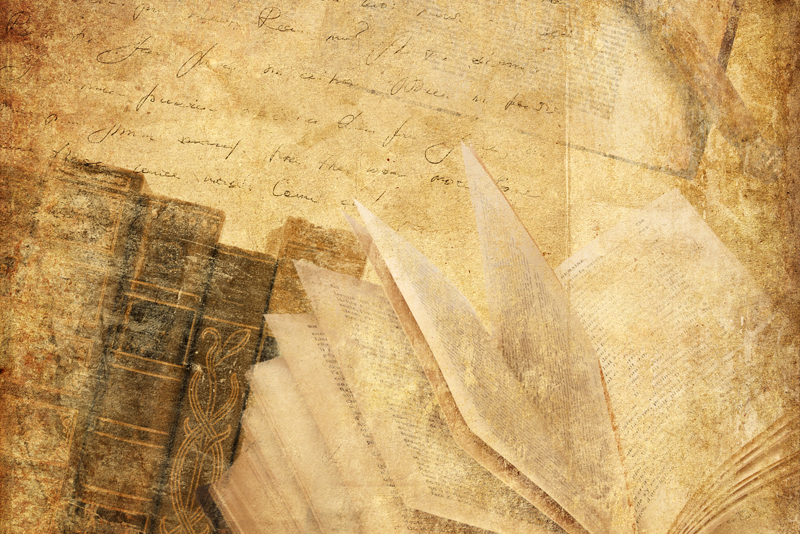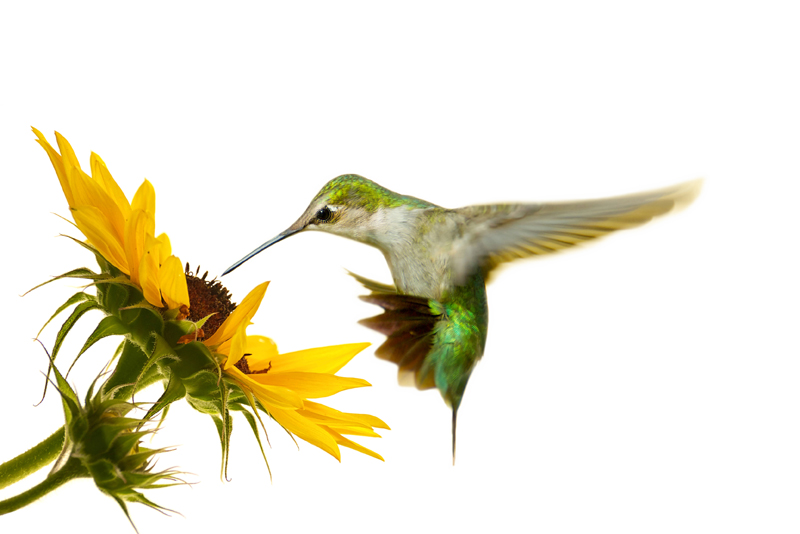Blanket Stitch

Traditionally, the mostly hand-made but at times machine-created stitch known as a blanket stitch is a functional and very useful stitch to perfect. Often this elemental stitch is seen in contrast on the edges of blankets, felt and fabric ornaments, fleece vests and jackets, and on the edges of applique work. The stitch is used to prevent fabric edges from fraying or stretching, to connect thick fabrics pieces, or as a desired design element when the stitch thread is used in a different color to the foundation fabric. This uniform edge stitch provides an outline interlocking stitch that follows the shape or fabric ends.
There are numerous excellent social networking sites with visual inspiration, Pinterest for one, that show how to perform this stitch. Essentially it starts by piercing the fabric with the threaded needle, from the back through to the front, usually 1/8 to 1/4 inch from the edge, then push the needle back into the fabric but over to one side the same distance. Leave a slight thread loop at the top of the fabric edge so that the needle can then pass under and through the loop, tighten slightly so the thread will lay flat on the edge. Enter the needle back through to the front of the fabric and begin the sequence again to the desired end.
A companion to the blanket stitch is the button hole stitch. The difference is that the button hole stitches are placed very close together, like a satin stitch, to reinforce the cut edges of a button hole. The blanket stitch has individual uniform stitches deliberately placed a specific distance away from each other – usually the length of the stitch is the same as the distance from the next stitch – giving the finished element a rustic appeal.
The easy-to-do blanket stitch is perfect to edge simple shapes cut from craft felt fabric like a bell, circle, heart or triangle-shape tree to create holiday ornaments to place as a package decoration, on a tree, or string on a garland. Cut two of the desired shape then blanket stitch around the edges using a contrasting color of embroidery floss leaving a smallish opening to softly stuff with a small amount of polyester polyfill stuffing. Once stuffed, continue with the blanket stitch to close. Add a length of shimmery gold or silver cord for a hanging loop. Thin satin ribbon works well too.
Embellish the ornament as desired - a small jingle bell can be attached to the bottom of a bell shape, glue a few tiny strands of lace onto the heart or circle shapes and sew on a few tiny buttons or sequins to the tree shape for sparkle.
Embroidery floss (usually comes in 6 strands per length, best to separate into 3 strands for ease of hand sewing) or Pearle cotton is often the thread of choice in creating the blanket stitch. Since the thread is thicker than regular machine or hand sewing thread a larger eye needle or embroidery needle is necessary. At times, yarn can be used as a thread type and then a large eyed needle to accommodate the thickness of the yarn would be necessary if edging wool felt, knitted or crocheted projects or fleece.
How to Sew Blanket Stitch from WikiHow
Sew happy, sew inspired.
There are numerous excellent social networking sites with visual inspiration, Pinterest for one, that show how to perform this stitch. Essentially it starts by piercing the fabric with the threaded needle, from the back through to the front, usually 1/8 to 1/4 inch from the edge, then push the needle back into the fabric but over to one side the same distance. Leave a slight thread loop at the top of the fabric edge so that the needle can then pass under and through the loop, tighten slightly so the thread will lay flat on the edge. Enter the needle back through to the front of the fabric and begin the sequence again to the desired end.
A companion to the blanket stitch is the button hole stitch. The difference is that the button hole stitches are placed very close together, like a satin stitch, to reinforce the cut edges of a button hole. The blanket stitch has individual uniform stitches deliberately placed a specific distance away from each other – usually the length of the stitch is the same as the distance from the next stitch – giving the finished element a rustic appeal.
The easy-to-do blanket stitch is perfect to edge simple shapes cut from craft felt fabric like a bell, circle, heart or triangle-shape tree to create holiday ornaments to place as a package decoration, on a tree, or string on a garland. Cut two of the desired shape then blanket stitch around the edges using a contrasting color of embroidery floss leaving a smallish opening to softly stuff with a small amount of polyester polyfill stuffing. Once stuffed, continue with the blanket stitch to close. Add a length of shimmery gold or silver cord for a hanging loop. Thin satin ribbon works well too.
Embellish the ornament as desired - a small jingle bell can be attached to the bottom of a bell shape, glue a few tiny strands of lace onto the heart or circle shapes and sew on a few tiny buttons or sequins to the tree shape for sparkle.
Embroidery floss (usually comes in 6 strands per length, best to separate into 3 strands for ease of hand sewing) or Pearle cotton is often the thread of choice in creating the blanket stitch. Since the thread is thicker than regular machine or hand sewing thread a larger eye needle or embroidery needle is necessary. At times, yarn can be used as a thread type and then a large eyed needle to accommodate the thickness of the yarn would be necessary if edging wool felt, knitted or crocheted projects or fleece.
How to Sew Blanket Stitch from WikiHow
Sew happy, sew inspired.

Related Articles
Editor's Picks Articles
Top Ten Articles
Previous Features
Site Map
Content copyright © 2023 by Cheryl Ellex. All rights reserved.
This content was written by Cheryl Ellex. If you wish to use this content in any manner, you need written permission. Contact Cheryl Ellex for details.







